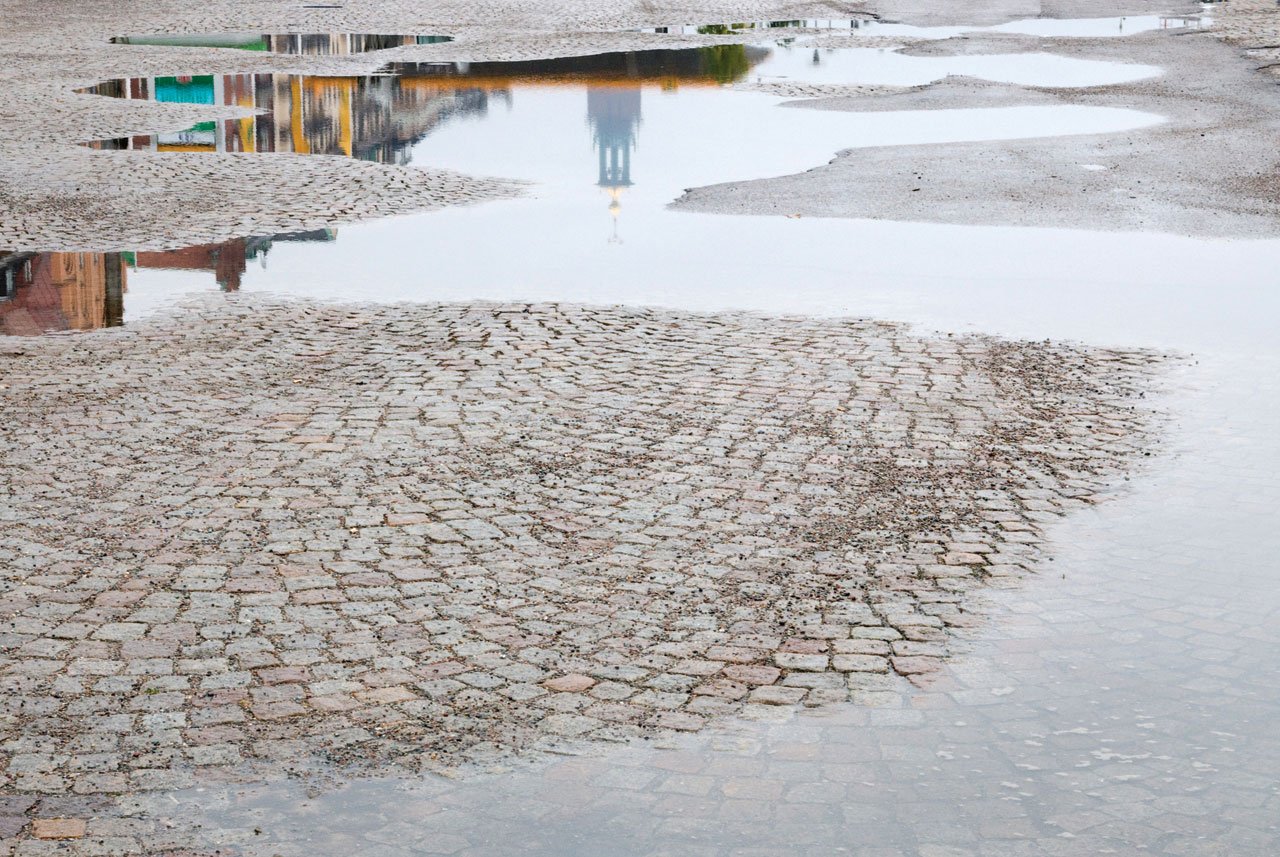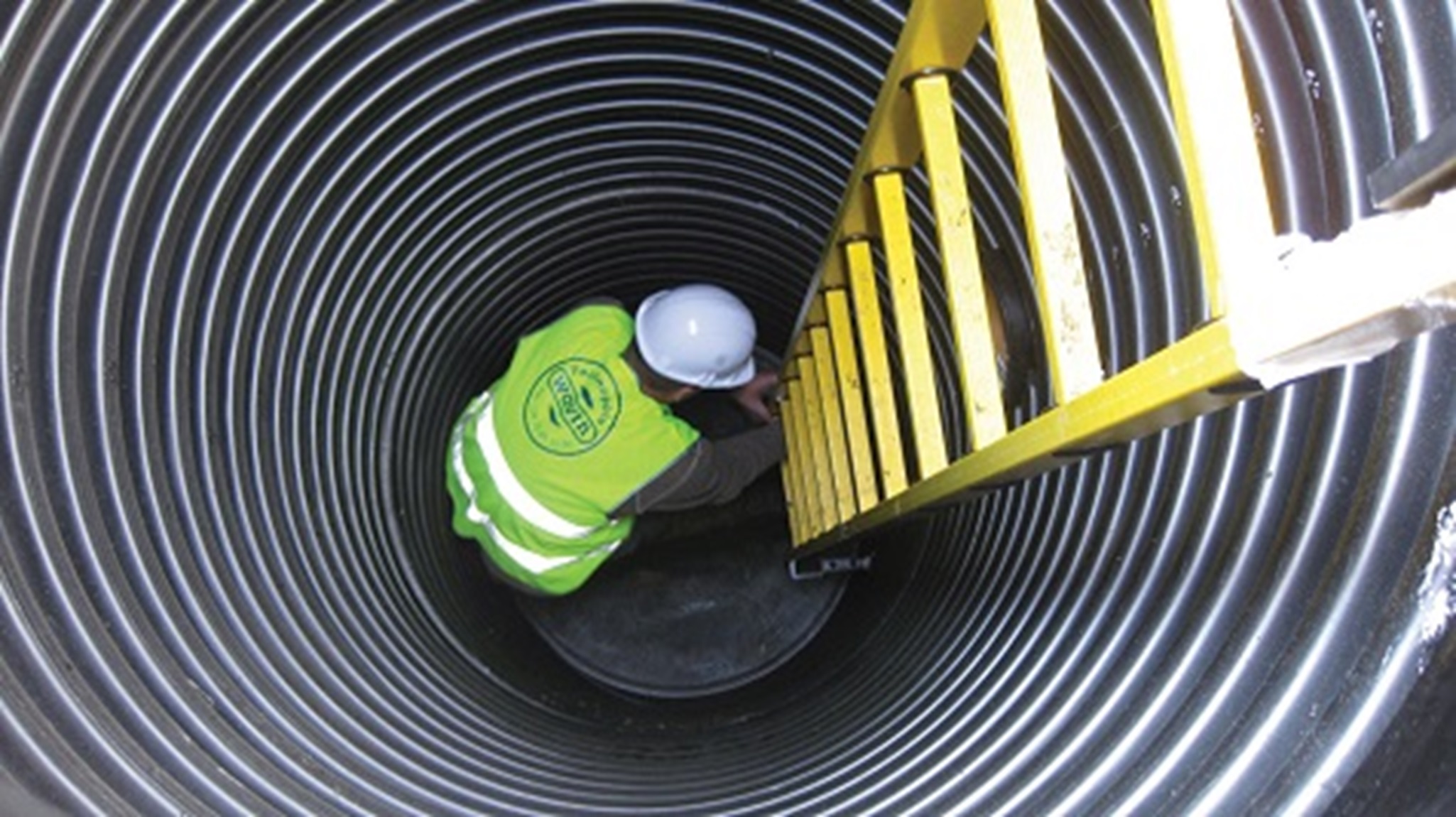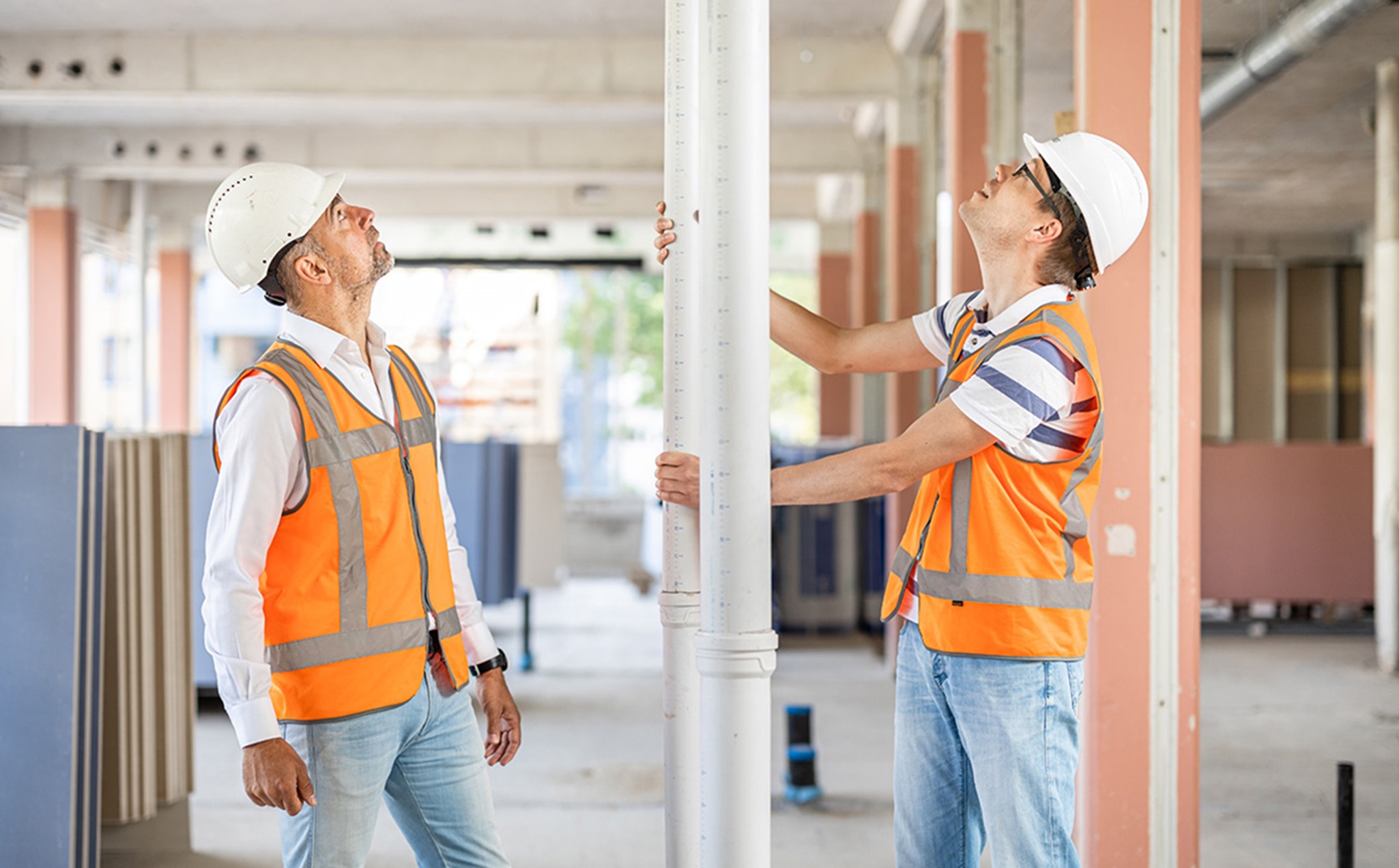10 measures to prevent (urban) flooding
01 December 2016
The recent rash of torrential rainstorms across western Europe and indeed around the world has cast a bright spotlight on the serious problem of intensified flooding events.There are actually many preventative steps that can be taken to ensure that we remain safe. Here are ten solid initiatives, just to get the conversation started.
1. Create a 'sponge city'
This concept has become very popular in China, a country that has seen the rate of urban flooding more than double in recent years. According to Kongjian Yu, the Dean of Peking University’s College of Architecture and Landscape Architecture, “a sponge city is one that can hold, clean, and drain water in a natural way - using an ecological approach.” So, rather than funnelling rainwater away, a sponge city retains it for its own use, within its own boundaries. The uses include: irrigating gardens and urban farms, recharging depleted aquifiers, replacing or replenishing the water used to flush toilets, and processing it so that it can be clean enough to use as drinking water. Arcadis, who incidentally is one of Wavin’s strategic MEP customers, has been appointed principal consultant for the China’s Sponge City Project in Wuhan, the first of 16 cities to be used as beta sites in an initiative spearheaded by the Central government. The world will be watching and waiting to see how this new approach to stormwater management will pan out.

2. Green roofs/rooftop gardens
Green roofs (roofs that are covered with vegetation), by their very nature, absorb rainwater and help to mitigate flooding. They have become very popular across Europe. The benefits, as they relate to water, are straightforward: for the building owner, it’s a stormwater management tool; for the community, it reduces stormwater runoff; and for the environment, it prevents combined sewer overflow, neutralizes the acid rain effect and removes nitrogen pollution from the rainwater.

3. Create flood plains and overflow areas for rivers
There was a time when floodplains covered large stretches along European rivers. Today, because of urban sprawl, less than half remain. There is a movement to restore these floodplains because of their significant role in flood protection, water management and nature conservation. Essentially, what floodplains do is retain and absorb water, thereby shielding nearby towns from the effects of heavy rainfall.

4. Separating rainwater from the sewage system
To improve water management and protect the sewage system from damage, cities are beginning to revamp their underground pipe and drainage systems – by separating rainwater from the sewage system. The separation enables the wastewater treatment plant to function properly, without it being overburdened by large quantities of stormwater.

5. Install water infiltration and attenuation systems.
Nothing says rainwater management like a sustainable water attenuation and infiltration solution. With the Wavin attenuation and infiltration systems like Q-Bic, Q-BB, AquaCell and our latest product, Q-Bic Plus you can create underground tanks quickly and easily. Wavin units are designed for use in locations where there are heavy traffic loads and where local groundwater levels are high. The new unit is based on a modular concept that only uses side panels where they are really needed in an infiltration/attenuation tank. is light weight and can be clicked together, without the use of connector pins or tools, which greatly increases installation speed. Made from virgin polypropylene, it is supremely robust and can withstand extreme loads.

6. Keep the sewer system clean, so it can do its job
It seems like an obvious measure, but sewer systems can clog up with waste, debris, sediment, tree roots and leaves. The more traditional sewer pipes have a tendancy to rust and corrode, compounding the problem. Wavin’s plastic sewage pipe systems and Tegra manholes never corrode, and are easy to clean and inspect.

7. Sustainable drainage: permeable pavement, sidewalks and gardens
In some urban areas, green space is considered a luxury. On the ground and on rooftops, there is so much concrete. Concrete is not permeable. It does not absorb rainwater. It blocks it and redirects it to the drainage systems which, in turn, often become clogged and then the water overflows into the streets and sidewalks. Unchecked, this will cause flooding. The concept of sustainable drainage makes perfect sense. As part of environmental initiatives that are underway in Europe and across the globe, the recommendation is that impermeable surfaces be replaced with permeable materials such as grass and gardens. This will allow the rainwater to drain into the soil. The process, known as infiltration, also serves to sustain the plant life.

8. Hope for the best, but plan or the worst
Despite best rainwater management practices, homes and buildings may still be subject to flooding. As an extra precaution, retrofitting your home so as to minimise damage and/or injuries is a smart (and proactive) project. Some measures include raising electrical outlets and sockets higher on the wall, waterproofing the building or home, ensuring that the windows and doors have weatherproof seals, and replacing MDF or plasterboard with more durable materials.

9. Improve flood warning mechanisms
Properly conveying advance warnings of impending storms and floods will not only give people the opportunity to be proactive in preventing damage to their property, it will save lives. In Europe, initiatives like this flood early warning system and dyke monitoring are in progress to overhaul the manner in which natural disasters, such as flooding, can be accurately assessed and when (and how often) warnings should be communicated. State-of-the-art global forecast systems and early warning mechanisms are being finetuned, so as to “create an operational tool for decision makers, including national and regional water authorities, water resource managers, hydropower companies, civil protection and first line responders, and international humanitarian aid organisations.” (The European Commission - Joint Research Centre(JRC).

10. Take action!
We can’t just leave it up to the government, municipalities, environmentalists or urban planners to put an infrastructure in place to prevent urban flooding. We – each of us – must make it our personal responsibility to adapt to climate change. Whether it’s collecting rainwater or building a garden on top of our roofs, it’s imperative that we take the steps necessary to be part of the rainwater management solution.
According to the European Environment Agency, “Annual flood losses can be expected to increase fivefold by 2050 and up to 17fold by 2080.” The EEA released a report on the need for climate change adaptation in Europe. The fact is that preventative measures need to be put into place sooner, rather than later. As for Wavin, we will continue to play a leading role in the development and production of forward-thinking, sustainable stormwater solutions – to diminish the challenges of urban flooding and do our part to adapt to the reality that is climate change.











